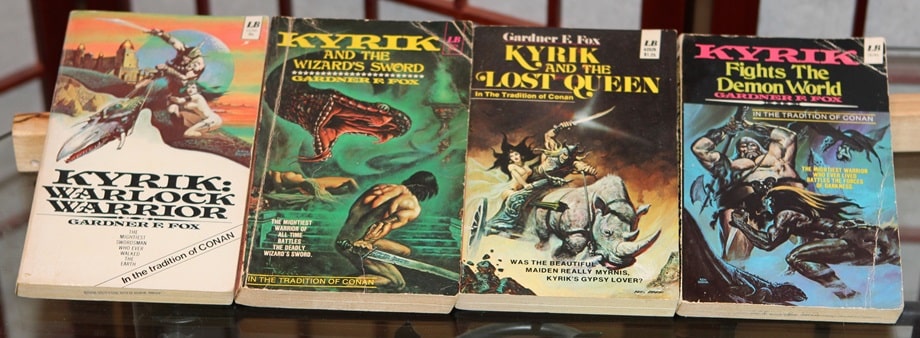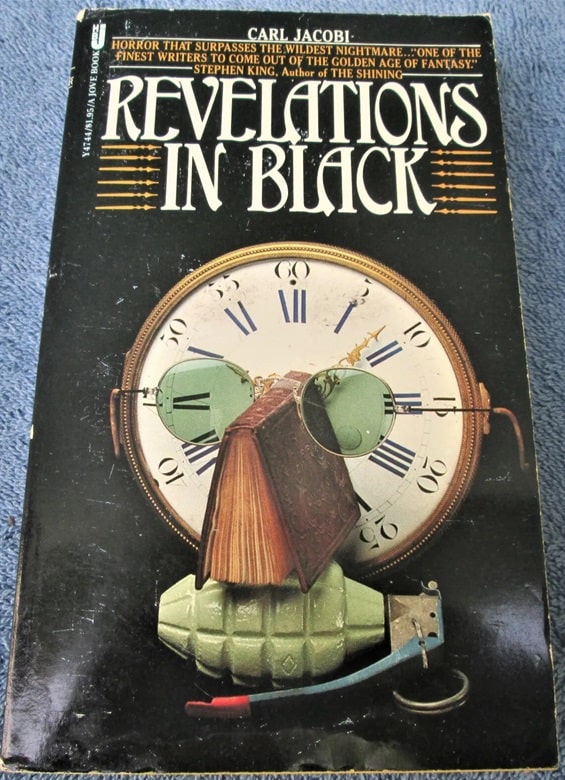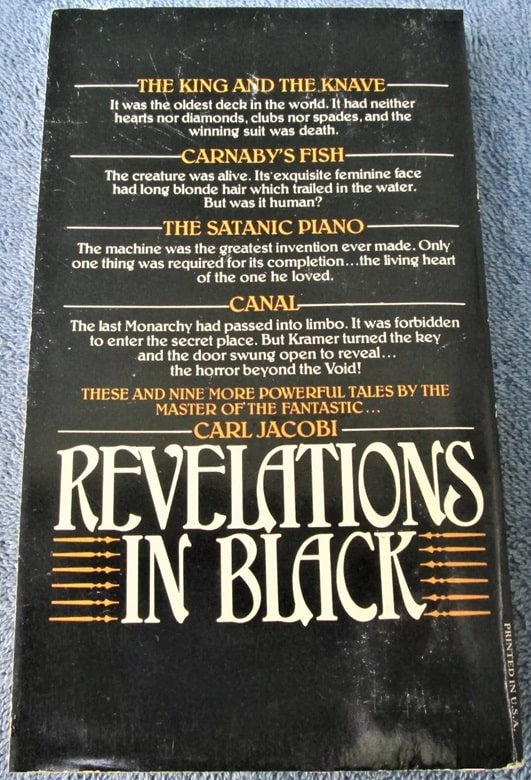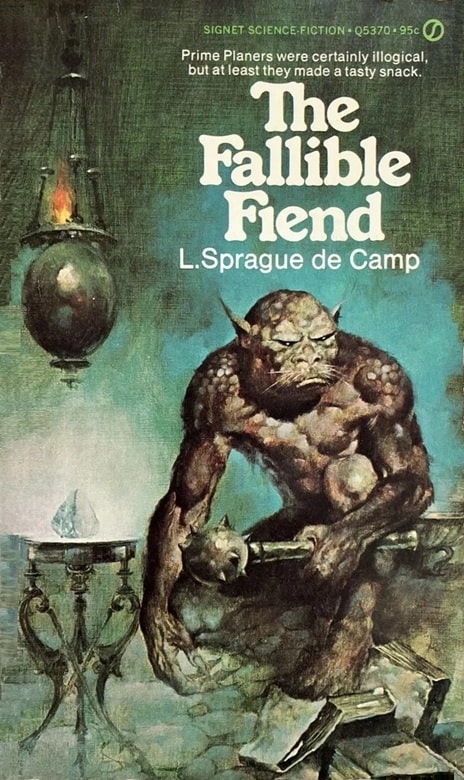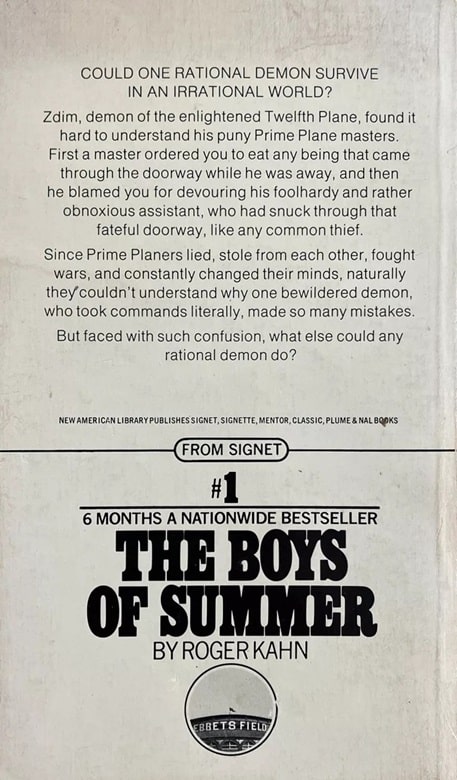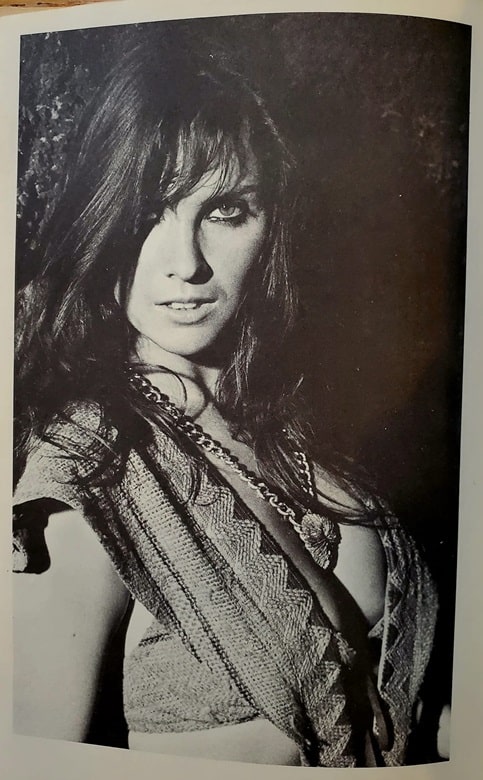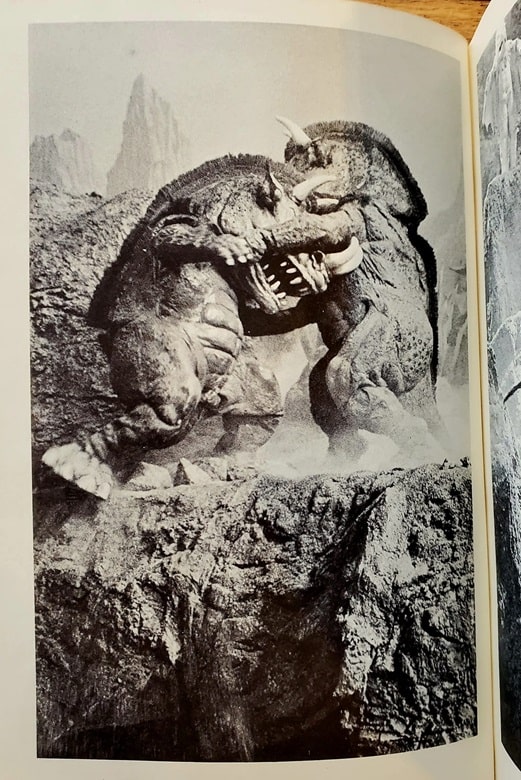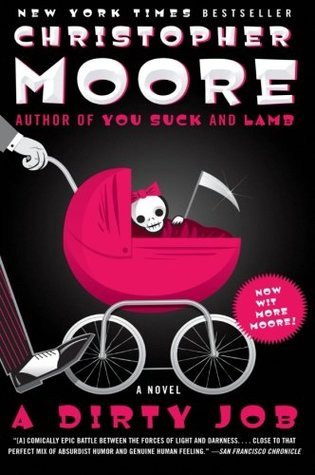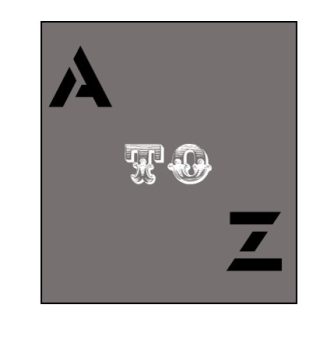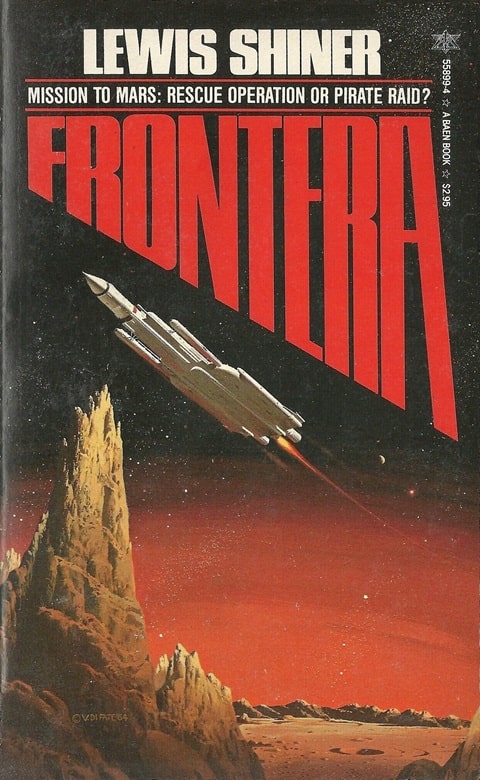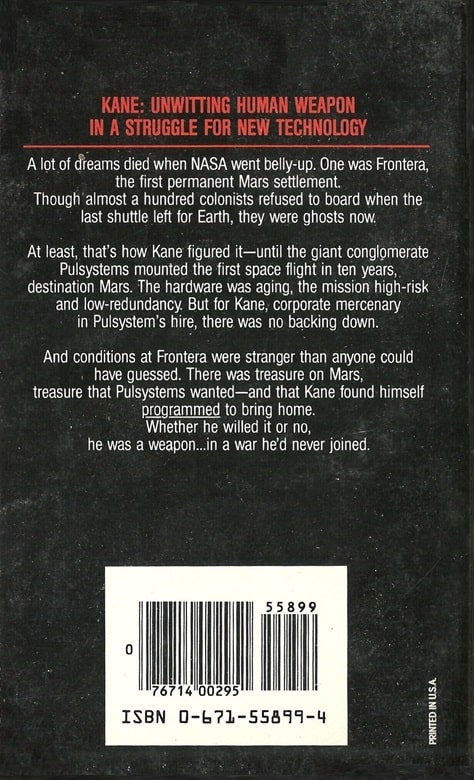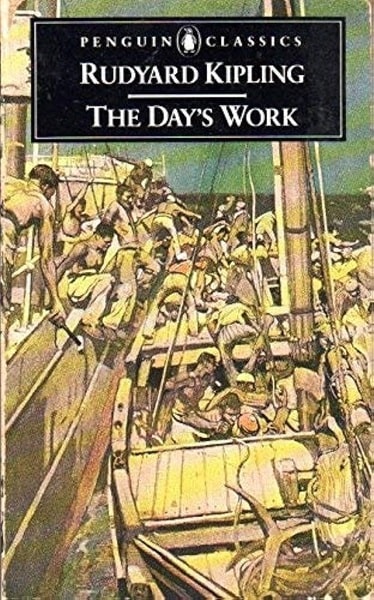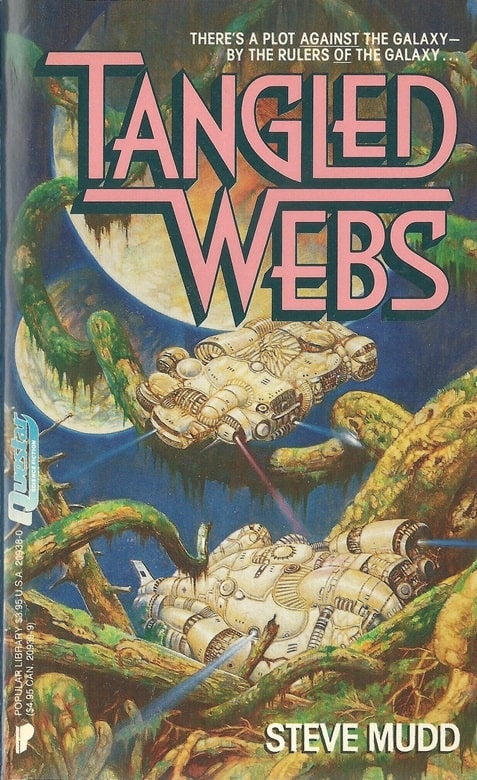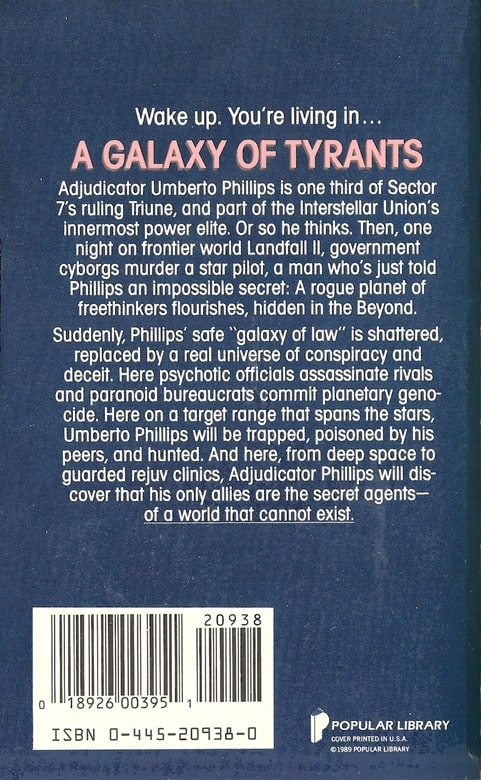In the tradition of Conan: The Kyrik and Kothar Novels by Gardner F. Fox
The Kyrik novels by Gardner F. Fox (Leisure Books, 1975-1976)
I’m getting ready to embark on a series of posts about Philip Jose Farmer, but got distracted looking through my shelves and decided to throw in a post about the Sword & Sorcery work of Gardner F. Fox, who I mentioned here a while back for his two book S&P series set on the planet Llarn.
While my small hometown library didn’t have anything by Robert E. Howard, they had various books claiming to be “In the tradition of Conan.” That’s how I found out about Howard. The first “In the tradition” book I read was Kyrik: Warlock Warrior by Fox, from Leisure Books, 1975. The cover was candy to a starving teen. By Ken Barr (although I didn’t know it at the time), the cover showed a muscled barbarian swordsman astride a pterodactyl with a nearly naked green-haired beauty beside him. My imagination ignited. And when I started reading it, I loved it even more.
